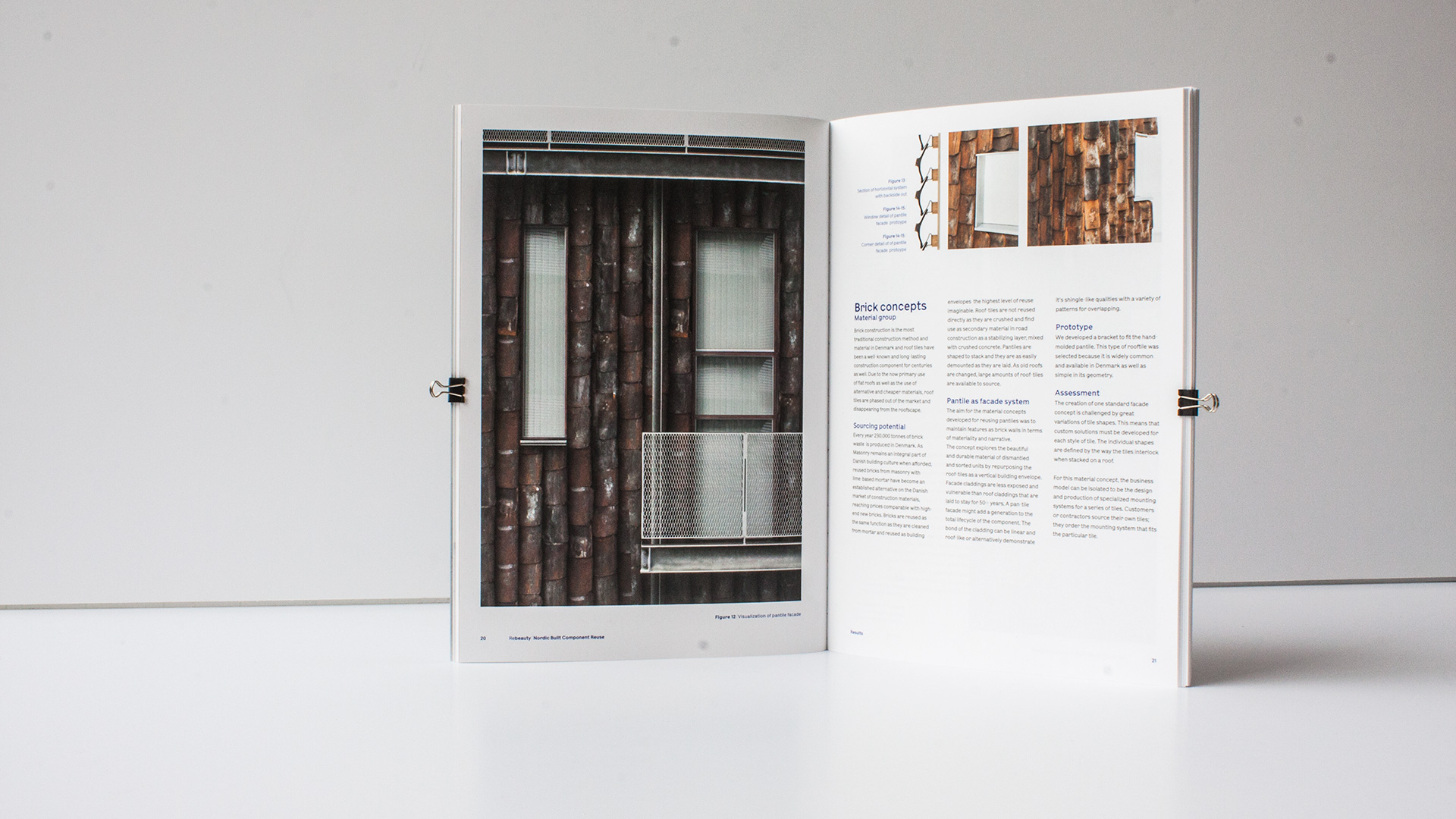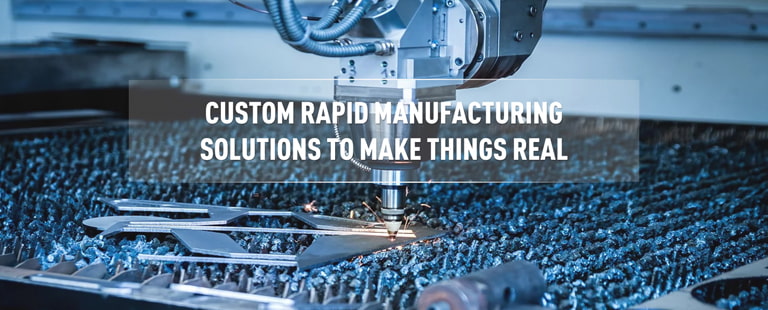Examine This Report on Michigan Dealer Serves as Co-op's Prototype - Building


TiSDD Method: Cardboard prototyping

Rapid, cost efficient, high quality prototype and end product 3D printing - Sirris
How The Information Needed to Build Your Prototype can Save You Time, Stress, and Money.
Aluminum extrusions3. This Author , Clay is a popular choice in the automotive industry for developing complete size models. Utilizing clay clearly will not result in a practical prototype, but it's a great product for iterating on kind and much simpler to deal with, and more affordable, than metal. By using a cheaper, more malleable material in the early prototyping phases, you can iteratively develop the type of your product prior to turning to more expensive and time consuming procedures and products.
Foam, The other primary choice for developing large scale cosmetic models is foam. Foam is really simple to deal with for rough, early stage prototypes to get a standard sense of the product form. Model made of pink insulation foam5. 3D Printing, While 3D printing provides some clear size restrictions depending on the build bed, you can really divide your model into multiple pieces so it can either fit better on one construct bed or fit onto several build beds, decreasing print time.

TiSDD Method: Cardboard prototyping
With big scale parts, FDM will be your most cost efficient 3D printing option, but SLA and SLS printing are likewise viable options if your task needs a greater resolution finish. Fictiv's Daft Punk helmet, Main Takeaways, So what's the right choice for you? Like most things, the answer is: it depends.

For instance, you may develop a metal frame making use of cnc aluminum extrusions and skin it with laser cut panels. With a frame and skin approach, package becomes extremely modular, enabling private panels to be changed and updated on an as-needed basis. The hardware development process is very iterative, including multiple models of increasing quality and complexity as the task progresses.
